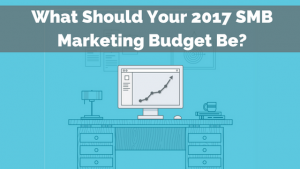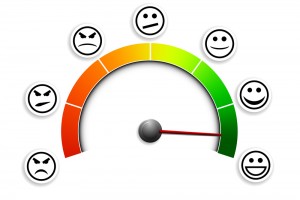
We all know first impressions are very important. That’s why, whether you are redesigning your website or building one from scratch, the home page is undoubtedly the most important page of your website.
So how do you create a design that is eye-catching, engaging, and draws visitors to take the next step with you?
Here is what to include on a truly effective homepage.
Define Your Target Market
Before you write a single word or jump into designing a snazzy logo you need to identify your target market.
Ask yourself questions like:
- Do you serve a certain geographic market or do you serve customers nationwide or globally?
- What key problem do you solve for customers?
- What age and gender are they?
- Are they in a certain industry or profession?
- What income bracket are they in?
Now that you have defined your target market, you can begin planning content and a design that speaks to the needs of your ideal customer.
11 Top Elements of a Highly Effective Home Page
Compelling Headline
Clearly state what you do, who you do it for, and how you help them. Keep it short and simple.
Place this prominently near the top of your website.
Welcome Video
Visitors love video because it helps them get to know you and get a sense of what it’s like working with you.
In the video, tell viewers your name and the results that clients get from working with you. Then introduce the challenge of why people struggle with the problem you solve. Next share why you are successful helping people overcome that problem. Then tell visitors who you can help them now in the free offering you are sharing.
Then call them to action to sign up for your mailing list.
Free Offering
Generate leads by featuring an opt-in where visitors can get an irresistible free offer such as a special report, audio, or video tip.
Once someone joins your mailing list, you can send high value tips and information to prospects along with offers and calls to action.
This helps you to earn a prospect’s business when they are ready to buy.
Text Copy
The best website copy is simple, direct, and compelling. It’s not only important to describe what you do, but also why what you do matters.
Prospects want to know about the benefits of buying from you. Reveal why customers should buy from you and not your competition.
Services or Products Highlights
Aside from getting them into your list, the other primary goal of your website’s home page is to engage customers to dig deeper in your website and move further into your sales funnel.
For visitors who want to learn more, add teaser text and images that link to your most popular services and product offerings to help visitors decide what they would like to do next.
Social Media Icons
If a site visitor likes your content and wants to follow you on Twitter or Facebook, they should be able to do that without having to hunt around for the icons or links.
Blog Preview
Often people want to see what information you have available for free to help with their problem. A blog helps establish your credibility as a thought leader in your industry.
By posting topics which resonate with your market and show your knowledge, you are marketing your skills for your business, service or product too. Plus, blogs help to deepen the connection with your followers by giving them an opportunity to learn more about you.
Having the most recent 2-3 blog articles highlighted on the home page not only helps visitors easily find your posts but also gives your website extra SEO juice.
Testimonials
Sharing words of praise builds credibility with potential customers. They want to know that your product works and creates results.
Endorsements from satisfied customers build trust so be sure to have a testimonial feature on your home page that links to a page of them.
Credibility Builders
. Displaying the endorsement of a major media or a top national organization is a powerful reputation builder. If you have been published anywhere or have been on TV or radio, add those logos to your home page.
For example: “featured on:”, “As seen in:” or “Member of:” located at the footer of your website can build trust and credibility.
Call To Action
Offer calls to action to visitors at every stage of their website experience. Create calls to actions to learn more about your products and services, review frequently asked questions, start a free trial, sign up, or schedule a free consultation.
Contact information
Your contact information should be visible on the site. You don’t want visitors to have to hunt for your phone number or email address if they have a question.
If you run a shopping cart, it’s best to have a customer service phone number located in the top right corner of each page on your site. This will build trust and help with the decision-making process.
Your homepage acts as the face of your company. It welcomes visitors, builds trust, communicates value, and directs visitors to the next step.
Hopefully these tips have been helpful to you. If your website is in need of a re-do in order to incorporate these best practices, let me know and we can discuss how your website can be redesigned for better results.
Digital & Social Articles on Business 2 Community(40)
Report Post






